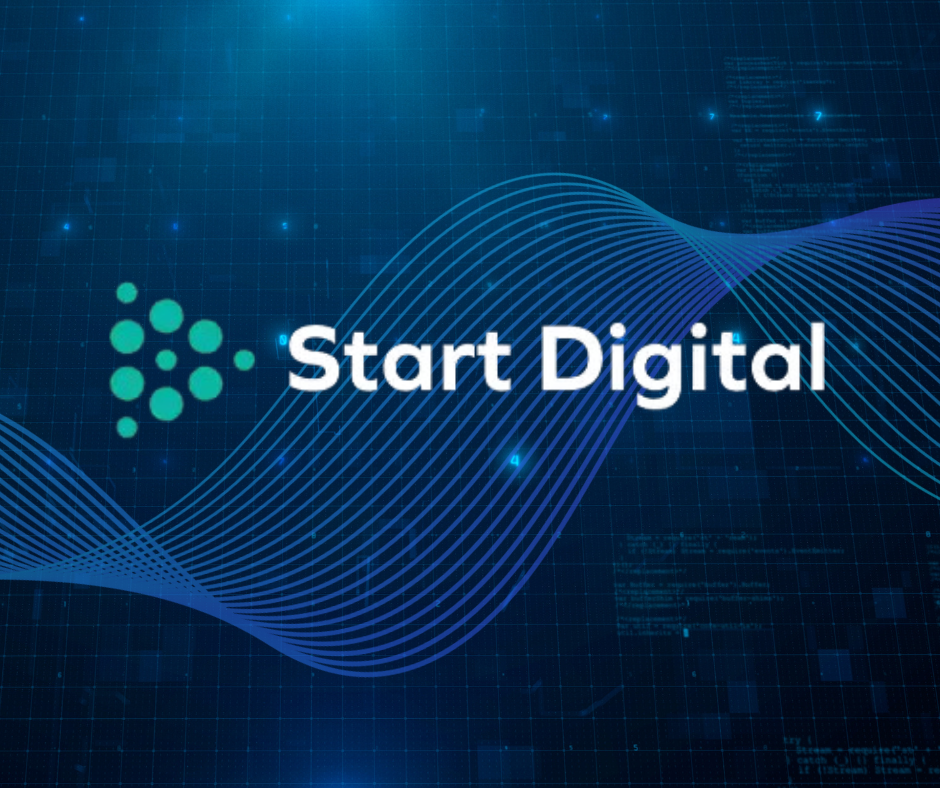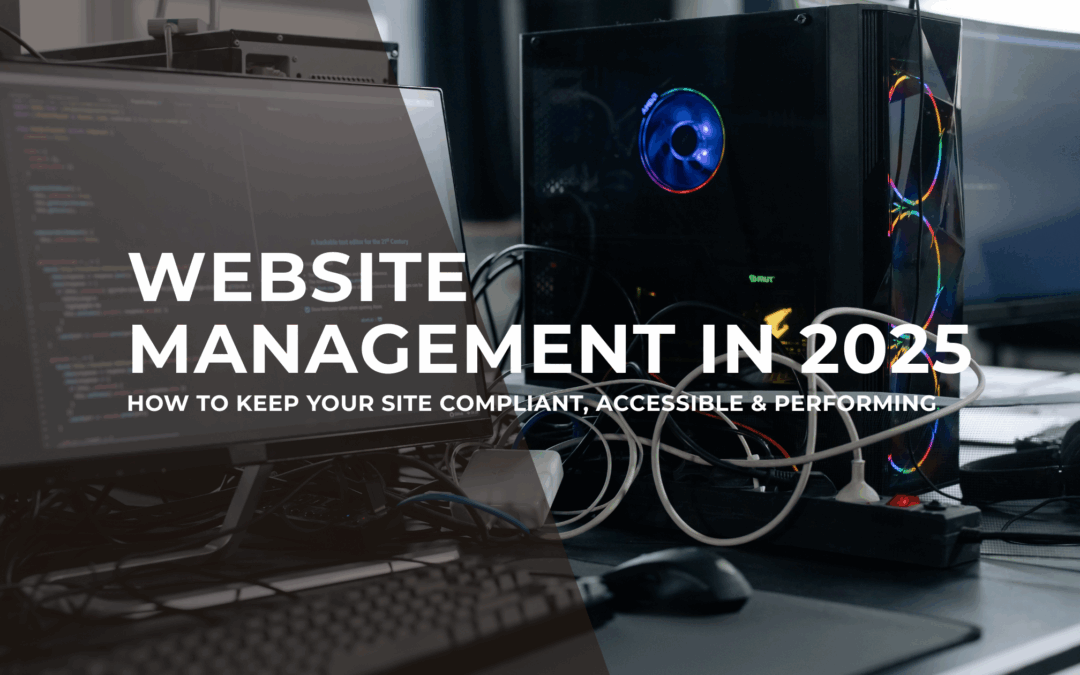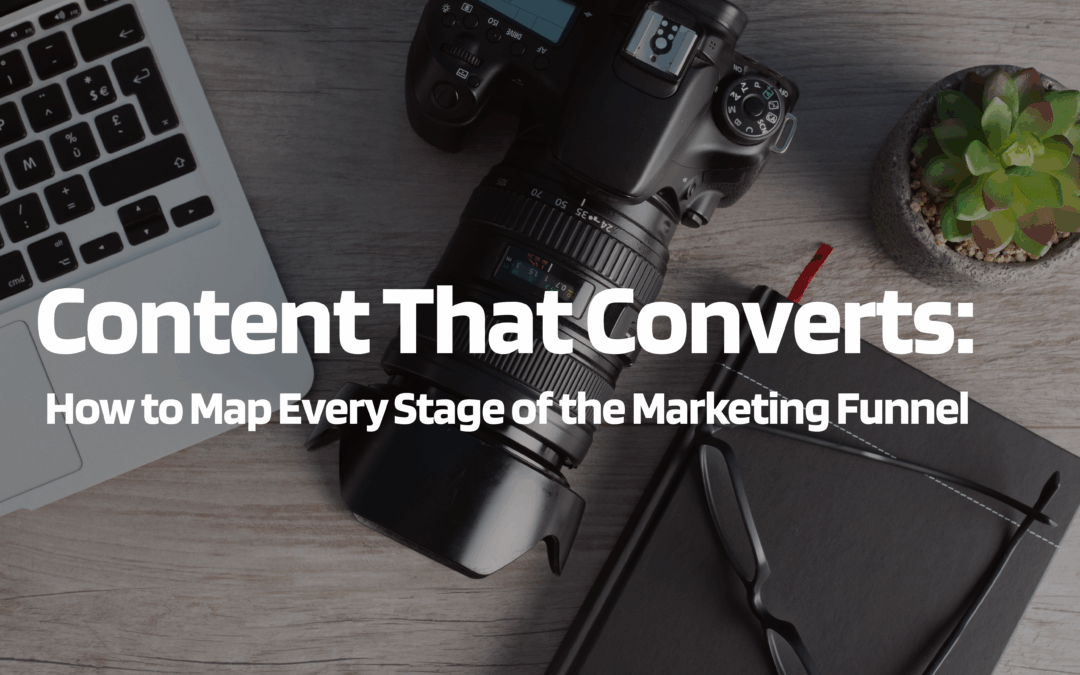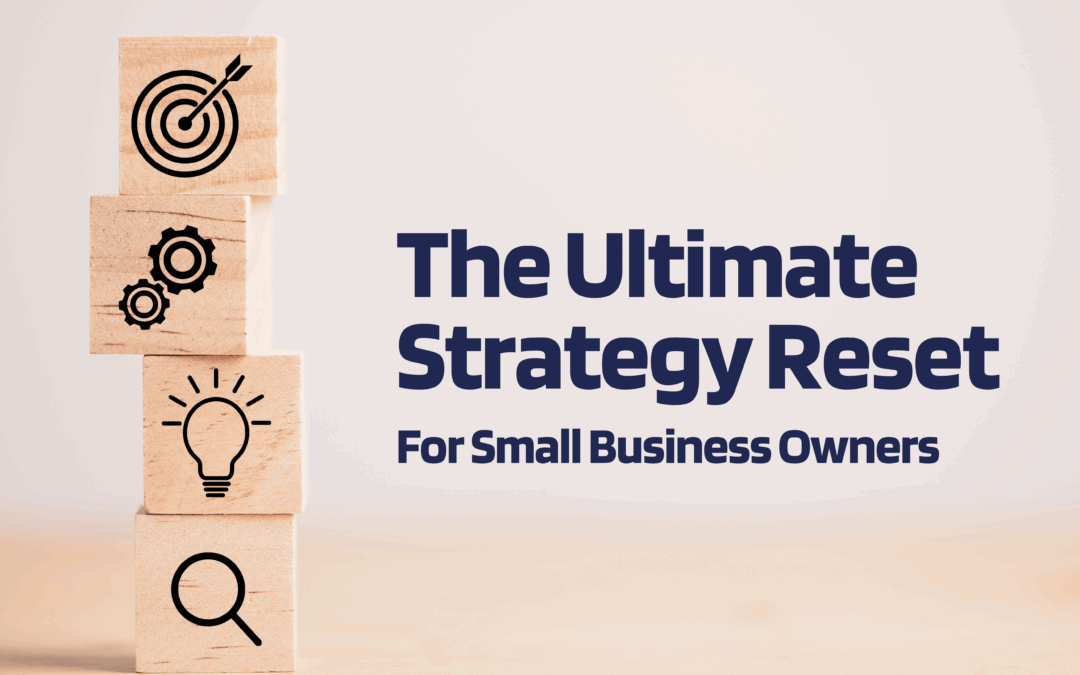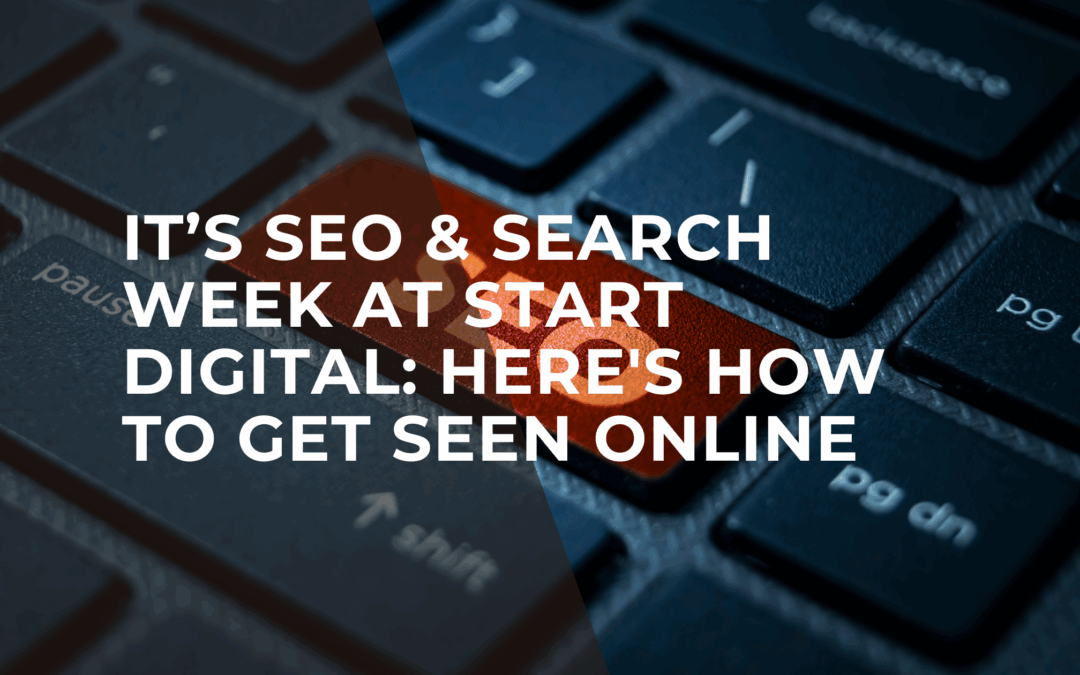By Ben Farrington

As we approach 2025, the digital landscape is evolving at an unprecedented pace. For SMEs, staying ahead of these changes isn’t just a luxury – it’s a necessity. As the Digital Lead at Start Digital, I’ve seen first-hand how businesses can thrive when they embrace the right tools and strategies. To help you future-proof your business and ensure you’re set up for success, I want to share 6 essential digital growth and security strategies you should adopt in 2025.
1. AI-Powered Analytics: A Game Changer for Growth
In today’s fast-paced market, relying on gut instinct or outdated data just won’t cut it. AI-powered analytics allow you to gain deep, real-time insights into customer behaviour, market trends, and your business performance. With AI’s ability to process vast amounts of data quickly, you can make informed decisions that optimise operations and pinpoint growth opportunities. Data-driven decision-making is no longer a “nice-to-have” – it’s essential for staying competitive.
For SMEs, this doesn’t mean a massive upfront investment in technology; there are now accessible AI tools that can be tailored to your needs. Whether you’re looking to understand your customer’s next purchase or identify inefficiencies in your processes, AI can be your secret weapon.
2. Zero Trust Security Framework: Protecting What Matters Most
As cyber threats become more sophisticated, the traditional “trust but verify” approach to security is no longer enough. That’s where the Zero Trust security model comes in. The idea behind Zero Trust is simple: never trust, always verify. Every access request, whether internal or external, is treated as untrusted until verified.
For small and medium businesses, adopting Zero Trust is a game-changer in preventing cyberattacks, especially as we move towards more remote work environments. By constantly verifying user access and reducing assumptions about trust, Zero Trust drastically lowers the risk of data breaches and other security threats. It’s essential to safeguard your sensitive data and protect your customers.
3. Omnichannel Presence: Connecting with Customers Anywhere
Customers today expect a seamless experience, no matter where or how they interact with your business. An omnichannel strategy integrates your online and offline customer experiences, ensuring that whether someone is browsing your website, engaging on social media, or shopping in your store, the experience is smooth and cohesive.
For SMEs, this doesn’t just mean having a website and a social media presence. It’s about creating an integrated strategy that connects all customer touchpoints – from apps to in-person experiences. Omnichannel strategies help businesses build stronger customer relationships and loyalty, boosting engagement and ultimately increasing sales. If you’re not thinking omnichannel yet, it’s time to start!
4. Cloud Infrastructure and Backup: Ensuring Business Continuity
Cloud computing has become an essential tool for businesses of all sizes. Investing in scalable cloud solutions allows you to store and access data securely and in real-time, no matter where your team is located. For SMEs, the cloud offers flexibility, reduced infrastructure costs, and enhanced collaboration capabilities.
More importantly, having a robust cloud backup system ensures that in the event of a disaster – whether it’s a cyberattack, hardware failure, or something as simple as human error – your data is protected and can be restored quickly. This kind of continuity is critical for any business, especially when you’re just starting to scale.
5. Advanced Cybersecurity Tools: Staying One Step Ahead
With increasing cyber threats, it’s vital to stay ahead of hackers. Adopting advanced cybersecurity tools is crucial to safeguarding your business. Multi-factor authentication (MFA), encryption, automated threat detection, and secure access management are just a few tools that provide an extra layer of defence.
For SMEs, this doesn’t mean overcomplicating things. There are plenty of affordable cybersecurity solutions that fit the needs of small businesses. It’s about being proactive, investing in the right tools, and ensuring that both your business and your customers are safe from cyber threats.
6. Employee Digital Training: Building a Future-Ready Workforce
Your team is your greatest asset, and making sure they’re digitally trained is essential for success. In 2025, a workforce that understands the latest digital tools, cybersecurity best practices, and emerging technologies will be a significant competitive advantage.
Regular training on digital tools, AI applications, and security awareness doesn’t just help improve productivity – it also helps your employees stay informed and secure. This upskilling can strengthen your overall security posture, reduce human error, and empower your team to work smarter and more effectively.
Conclusion: Future-Proof Your Business for 2025 and Beyond
Adopting these digital growth and security essentials will not only help you streamline operations and boost growth but also ensure that your business is ready for the digital challenges ahead. In 2025, the businesses that stay ahead of these trends will thrive, while those that don’t may struggle to keep up.
At Start Digital, we’re committed to helping SMEs embrace these changes and secure their digital future. If you’re ready to take the next step in your digital journey, feel free to reach out for a free digital audit and consultation. Let’s set your business up for success in 2025!
